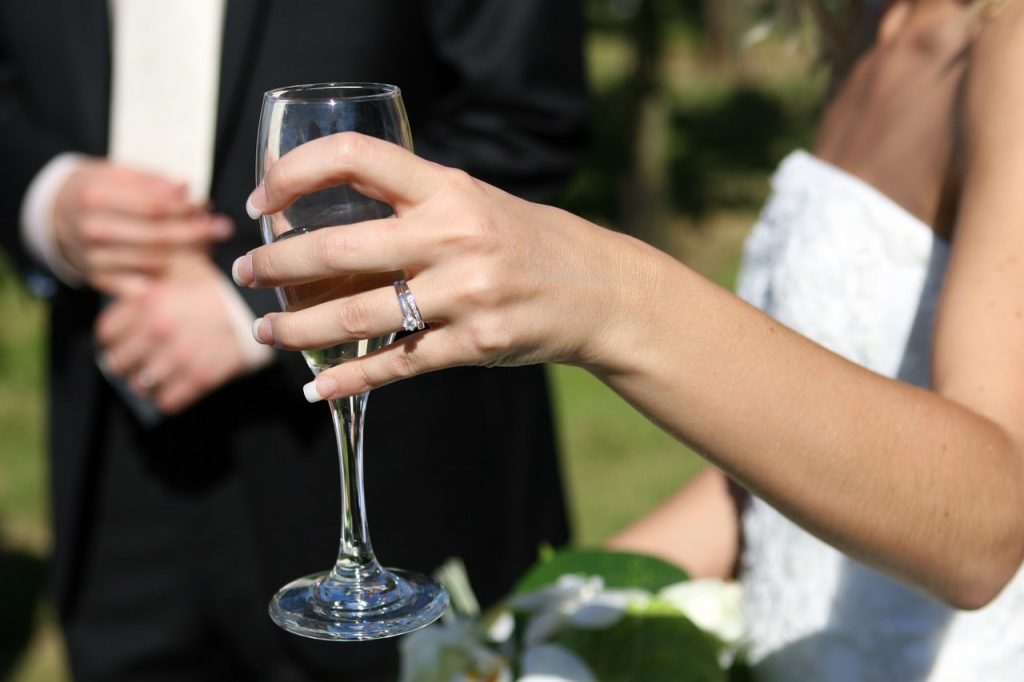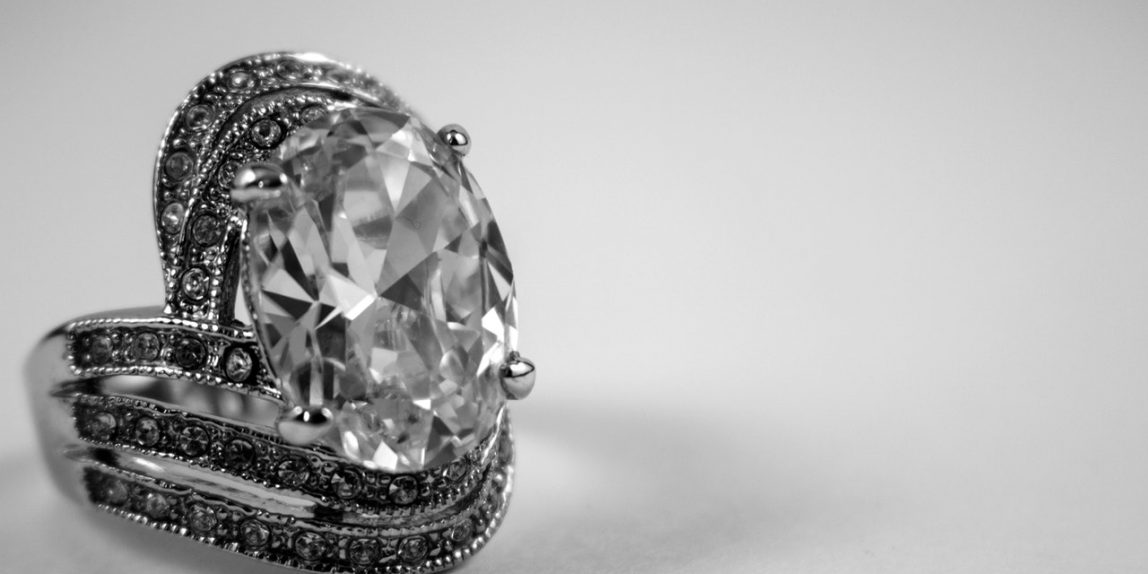The luxury market is thriving worldwide. From luxury accommodation in Hobart Australia to a new Tesla cruising down the streets of Norway – expensive goods have never before looked so good. That said, the ultimate luxury is still a diamond.
The diamond is the hardest substance known to man. And as a matter of fact, it is also one of the most precious ones. After its glass-like appearance, its value is the reason why it is synonymous to showing appreciation or love. But this value has proven to be more of a curse than a blessing. That value is the very same reason people now look at the crystals they’ve been given, with a dubious eye. You can stay at one of the best hotels in Tasmania, and you will still see people (well-educated people) wear diamonds. How? Do they know where they come from? Can diamonds still be ethical? Well, read on and you’ll find out more.
So when it comes to ethically buying a diamond, what are we talking about?
Because of its high value, people who can extract a diamond from earth’s core, want to continue to do it at any cost. Literally, any cost. By hook or by crook, endangering both the environment and human lives, at times. So the diamond you see in front of you, the one you are going to invest in, is it really ethical to buy it?
Informal alluvial mining – Mining by non–unionized workers.
People work for six to seven days a week, yet they earn less than a dollar a day in Africa. They do not get safety equipment, mining tools, proper training or conditions (sanitary and safe) to work.
The diamond miners often include kids, who do not go to school as this work takes up their entire day. It demands hard work and, with such meagre pay, people only get famine. An increase in child labour and degrading health conditions is also a devastating outcome of this process.
This also makes the miners vulnerable to the criminals that try to take over such mines, increasing the number of torture and rape crimes in these areas.
Due to a lack of proper technique, this also leads to farmland degradation. The process of mining involves stripping the riverbanks of topsoil. This leaves behind large mining pits with dirty water in it, which breeds disease-causing mosquitoes and other insects. This also leads to a disturbed ecosystem, due to the clearing of forests to carry such operations.
14% out of the total diamonds, that come from alluvial sources, come from informal ones. Not good!
Conflict diamonds – These diamonds are most known for being used in central and western Africa to exchange for weapons and money. This makes the diamond a source of spreading violence. But the people who buy it from thousands of kilometres away, don’t know that they are paying for the creation of hell for these miners.
The question then becomes – what about conflict-free or ethical diamonds?
The organisations who can mark certain diamonds “conflict-free”, aren’t even confident of their own processes, some say. The testing standards are so narrow that they almost always neglect the things that would actually declare a diamond as ethical.
A good example of this is how some claim their diamonds to be conflict-free, but they often use the word provenance instead of origin. Here the latter describes where it was mined, and the former only indicates its last stop before it finally made it to the market. And so, by changing the words, the diamond dealers provide their customers with misleading information – meant to make you think you’re buying ethical!
A lot of these issues stem from the fact that it’s impossible to trace a diamond’s origin. It is nearly impossible to distinguish an ethical diamond from kimberlite and artisanal mining. This is also an outcome of the value it holds, that facts are altered as if they don’t matter when it comes to money.

But it’s not all bad! There are some sources that you can rely on:
Canadian diamonds – They can be traced from the mines to the market using an ID number. And their quality isn’t compromised, just like the relevant labour and environmental laws.
Lab-created diamonds – These are synthetic diamonds grown in a lab. They are identical to natural diamonds but without any of the nasty history or violence!
Kalhari dream – They own diamonds. They have set up factories to polish the diamonds giving a livelihood to the locals. Their schemes also involve benefitting the people of Botswana.
So, the answer to today’s post is that it depends on the origin of the diamond if buying it is ethical or not. At least now you know, so you can make informed choices and shop well 🙂
